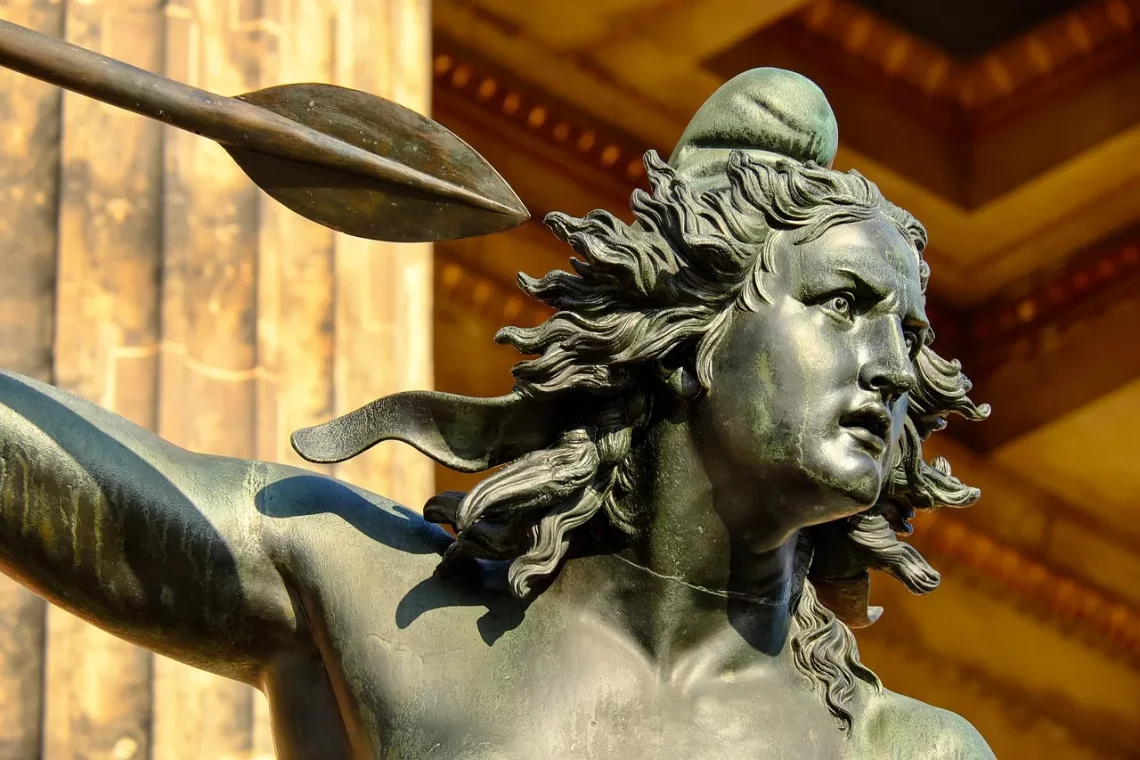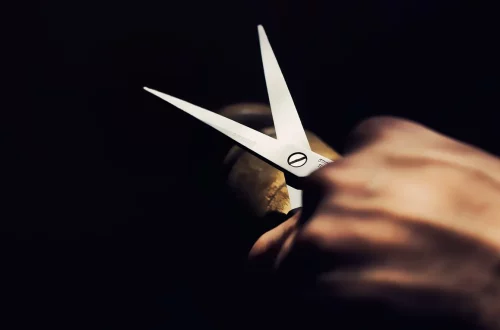
The Rise of Naked UFC Women Fighters in the Spotlight
The world of mixed martial arts (MMA) has undergone a significant transformation in recent years. Once regarded as a niche sport, it has skyrocketed into the mainstream, drawing millions of viewers and a diverse fan base. With this surge in popularity, the sport has also seen the emergence of female fighters who have captured the public’s attention, not just for their athleticism but also for their charisma and individuality. As more women step into the octagon, the dynamics of the sport are changing, bringing forth discussions about empowerment, representation, and the role of women in traditionally male-dominated spaces.
The portrayal of female fighters has evolved from mere participants to celebrated athletes, each with their unique stories and backgrounds. This rising visibility has sparked a broader conversation about gender equality in sports and the importance of representation. As female fighters gain prominence, they challenge stereotypes and redefine what it means to be a female athlete in the modern era. The narrative surrounding these athletes is not just about competition but also about their journeys, struggles, and triumphs, which resonate with audiences on various levels.
This evolution has not been without its challenges. As female fighters gain recognition, they also face scrutiny and the pressures of public expectation. The intersection of sport and media has amplified their presence, leading to nuanced discussions about body image, feminism, and the commercialization of female athletes. While the spotlight shines brighter than ever, the conversation around what it means to be a female fighter continues to unfold, opening doors to deeper discussions about identity, strength, and resilience in the world of MMA.
The Emergence of Female Fighters
The emergence of female fighters in the world of MMA has been nothing short of revolutionary. Over the years, women have broken barriers in various sports, and MMA is no exception. The inclusion of women in the UFC has not only elevated the sport’s profile but has also inspired a new generation of female athletes. The first official female fight in the UFC marked a pivotal moment, showcasing the skills and tenacity of women in a sport that was predominantly male.
As the sport has evolved, so too has the talent pool of female fighters. These athletes come from diverse backgrounds, each bringing their unique fighting styles and stories to the octagon. From Brazilian Jiu-Jitsu practitioners to Muay Thai specialists, the variety in fighting techniques has enriched the sport, making women’s matches just as thrilling as their male counterparts. Fans have witnessed spectacular knockouts, technical submissions, and unforgettable rivalries that have captivated audiences worldwide.
The rise of female fighters has also prompted discussions about representation in sports. Historically, women have been sidelined in many athletic fields, often receiving less media coverage and sponsorship opportunities compared to men. However, as female fighters gain recognition, brands and sponsors are beginning to see the value in investing in these athletes. This shift not only benefits the fighters but also contributes to a broader cultural change that emphasizes equality and representation in sports.
Moreover, the visibility of female fighters has provided a platform for discussions surrounding women’s rights and empowerment. Many of these athletes use their platforms to advocate for gender equality and inspire young girls to pursue their dreams, regardless of societal expectations. The journey of female fighters transcends the octagon, as they become role models and symbols of strength for many.
Challenges Faced by Women in MMA
While the rise of female fighters has been inspiring, it has not come without its challenges. The world of MMA, like many other sports, is rife with obstacles that female fighters must navigate. One of the most significant challenges is the persistent gender bias that exists within the sport. Despite their achievements, many women still face skepticism about their abilities and the legitimacy of women’s divisions.
The scrutiny these athletes endure extends beyond their performance in the cage. Female fighters often find themselves subjected to intense media scrutiny regarding their appearance, personal lives, and choices. The pressure to conform to certain beauty standards can be overwhelming, and many fighters have spoken out about the toll this takes on their mental health. Balancing the demands of training and competition with the expectations of the public can lead to significant stress and anxiety.
Additionally, the pay disparity between male and female fighters remains a contentious issue. While the gap has narrowed in some areas, many female athletes still earn significantly less than their male counterparts. This financial inequality can deter potential female fighters from pursuing a career in MMA, as the sport’s financial viability is a crucial consideration for any athlete.
Another challenge is the lack of support systems in place for female fighters. While organizations have made strides in promoting women’s divisions, there is still much work to be done regarding mentorship and resources specifically tailored for women in the sport. Establishing networks for female fighters can help foster a sense of community and provide the necessary support to navigate the challenges of a professional fighting career.
Despite these hurdles, many female fighters remain resilient and determined to make their mark in the sport. Their perseverance serves as a testament to their strength and dedication, inspiring others to challenge the status quo and pursue their passions, regardless of societal expectations.
The Impact of Social Media on Female Fighters
In today’s digital age, social media plays a pivotal role in shaping the careers of athletes, and female fighters are no exception. Platforms such as Instagram, Twitter, and YouTube have become essential tools for fighters to connect with fans, promote their brands, and showcase their skills. The ability to engage directly with fans allows female fighters to build a loyal following and create a personal brand that extends beyond the octagon.
Social media has also provided female fighters with a platform to share their stories and experiences. Many use their accounts to highlight their training regimens, share motivational messages, and discuss the challenges they face as women in a male-dominated sport. This transparency has fostered a sense of authenticity, allowing fans to connect with fighters on a more personal level.
Moreover, social media has been instrumental in raising awareness about important issues, such as gender equality and mental health. Female fighters often advocate for women’s rights and use their platforms to shed light on various social causes. By leveraging their visibility, they can inspire change and promote discussions that extend beyond the realm of sports.
However, the impact of social media is not solely positive. While it offers opportunities for connection, it can also expose fighters to negativity and cyberbullying. The pressure to maintain a certain image online can be daunting, and many fighters have shared their struggles with mental health as a result of online criticism. It’s essential for athletes to find a balance between engaging with fans and protecting their mental well-being.
In conclusion, the rise of social media has transformed the landscape for female fighters, providing both opportunities and challenges. As these athletes continue to navigate the complexities of their careers, their presence on social media will undoubtedly play a crucial role in shaping their futures and the future of women in MMA.
The Future of Women in MMA
The future of women in MMA looks promising, with the sport continuing to gain traction and evolve. As more female fighters enter the octagon, the landscape will likely shift towards greater inclusivity and representation. The success of high-profile female fighters has paved the way for younger generations to pursue careers in MMA, fostering a culture that embraces diversity in fighting styles and backgrounds.
Moreover, the increased visibility of female fighters is likely to lead to more significant investment from sponsors and organizations. As brands recognize the market potential of women’s divisions, we can expect to see more opportunities for female fighters, including better pay and resources. This shift will not only benefit the athletes but also contribute to the overall growth and development of the sport.
As the conversation around gender equality in sports continues, female fighters will play a crucial role in advocating for change. Their achievements and visibility can inspire future generations to challenge norms and pursue their dreams, regardless of gender. The empowerment of female athletes is not just about fighting in the octagon; it’s about breaking barriers and redefining what it means to be a woman in sports.
In summary, the rise of women in MMA is not just a trend; it is a movement towards equality and representation in sports. As these athletes continue to make their mark, they will undoubtedly inspire countless others to follow in their footsteps, creating a legacy that extends beyond the octagon.
**Disclaimer:** This article is for informational purposes only and does not constitute medical advice. If you have any health concerns, please consult a qualified healthcare professional.




